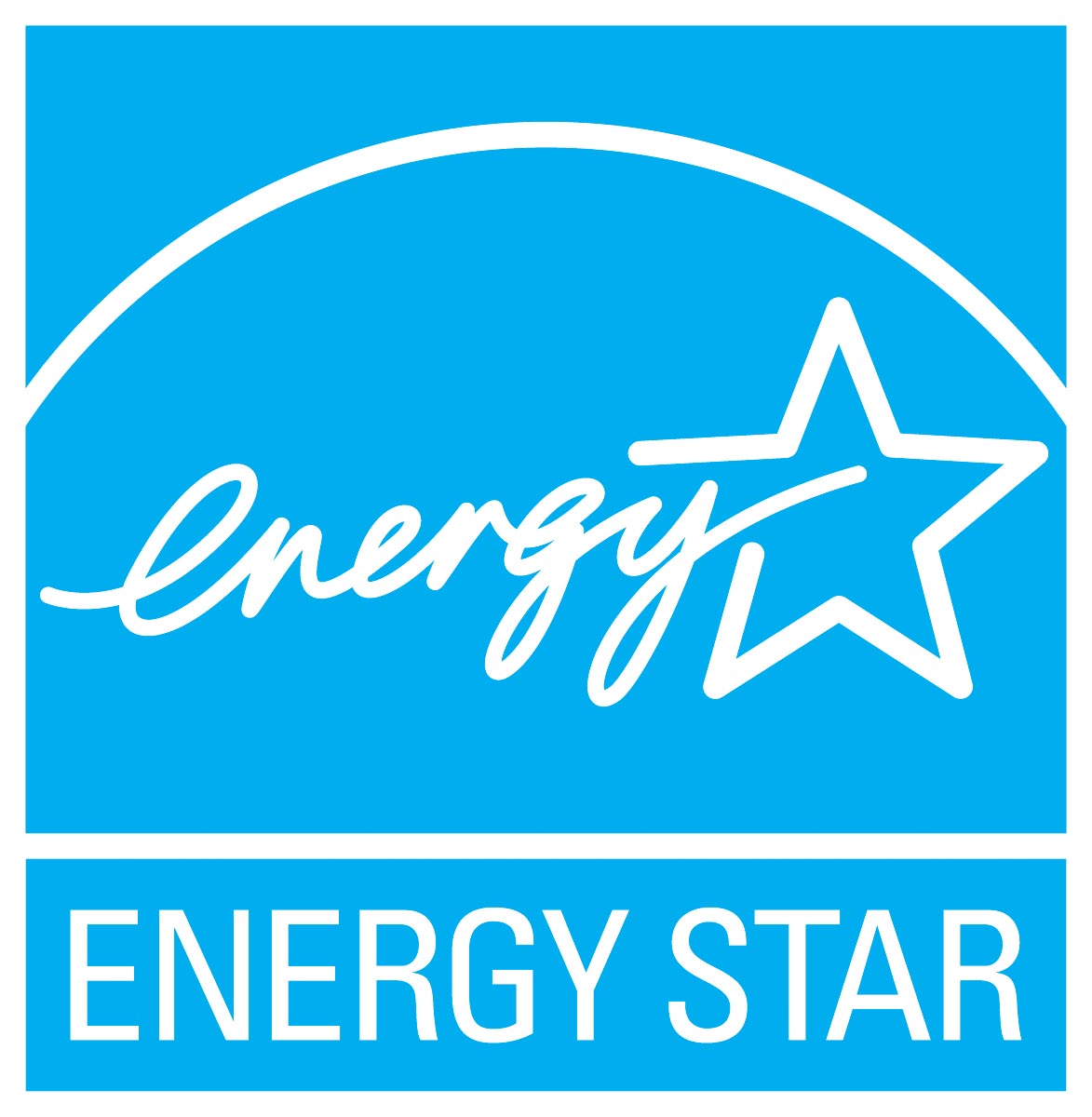How is your product measured?
Rating for energy performance
In Canada, the energy performance of windows, doors and skylights is tested using the Canadian Standards Association (CSA) A440.2 standard.
(Some products sold in Canada may also be tested using the standards of the National Fenestration Rating Council in the United States.)
In Canada, energy performance is rated using the following values:
- U-factor—the rate of heat transfer from warm to cold areas in watts per square metre Kelvin (W/m2K) or in British thermal units per hour per square foot Fahrenheit (Btu/h x sq. ft. x °F). In either case, the lower the number, the more efficient the product.
- Solar heat gain coefficient (SHGC)—a ratio showing the amount of the sun’s heat that can pass through the product. The higher the number, the more solar heat the product gains.
- Energy Rating (ER)—a value demonstrating the balance between U-factor, SHGC and air leakage. The higher the number, the more efficient the product. (This value applies to windows and doors only.)
- R-value—a value indicating the resistance to heat transfer in square feet per hour in degrees Fahrenheit per British thermal unit (sq. ft. x h x °F/Btu). The higher the number, the more efficient the product.
(The R-value is not part of the energy performance standards, but is often quoted by contractors and sales staff as a measure of performance.) - Visible transmittance (VT)—a ratio of the amount of visible light that can pass through a product. The higher the number, the more light can pass through.
- Centre-of-glass rating—an energy-efficiency value that refers only to the glass portion of a product and not the product as a whole.

ENERGY STAR® certification
When you buy certified windows, doors and skylights, you can be sure that they have been tested against current standards by an accredited laboratory, and that those test results have been verified by an independent third party.
Windows, doors and skylights sold in Canada may be certified for energy performance by any of these accredited agencies:
- CSA Group (CSA)
- Intertek Testing Services NA (ITS)
- Keystone Certifications, Inc.
- Labtest Certifications
- National Accreditation and Management Institute, Inc. (NAMI)
- Quality Auditing Institute Ltd. (QAI)
- The National Fenestration Rating Council (NFRC)—a U.S.-based non-profit
Some insulated glass (IG) units also carry Insulating Glass Manufacturers Alliance (IGMA) certification. The IGMA program certifies that a manufacturer can consistently build IG units that will not fog and whose seals will not fail prematurely.
Here are the fenestration products that can be certified and labelled for ENERGY STAR:
- Window (hinged, sliding, non-openable or “fixed”, tilt-turn)
- Skylight (flat-glazed, domed or tubular)
- Sliding glass door (single or multiple sliding panels)
- Hinged door (single or double leaf*)
- Folding door
- Tilt-turn door
- Sidelite
- Transom
* A door leaf (slab) is an independently moving panel that fits within a frame and where the latching and locking mechanisms are installed. It may also contain a glass insert known as a doorlite. A door leaf is considered a component and if installed without its original frame, it does not retain its ENERGY STAR certification.
All products are normally designed for installation in low-rise residential dwelling in a roof or an exterior wall that separates heated space from unheated space. Windows are normally sold as individual units but they can be linked together in various configurations for installation into a wall opening. The ENERGY STAR certification applies to each individual window unit and not a combined group. Skylights are normally sold and installed as individual units. Doors, especially hinged doors, may be sold with sidelites and transoms as one combined door system. The ENERGY STAR certification applies to the door, sidelite and transom individually and not the combined door system.
Find more tools and information about ENERGY STAR for windows, doors and skylights in Canada.
The ENERGY STAR name and symbol are trademarks registered in Canada by the United States Environmental Protection Agency and are administered and promoted by Natural Resources Canada.